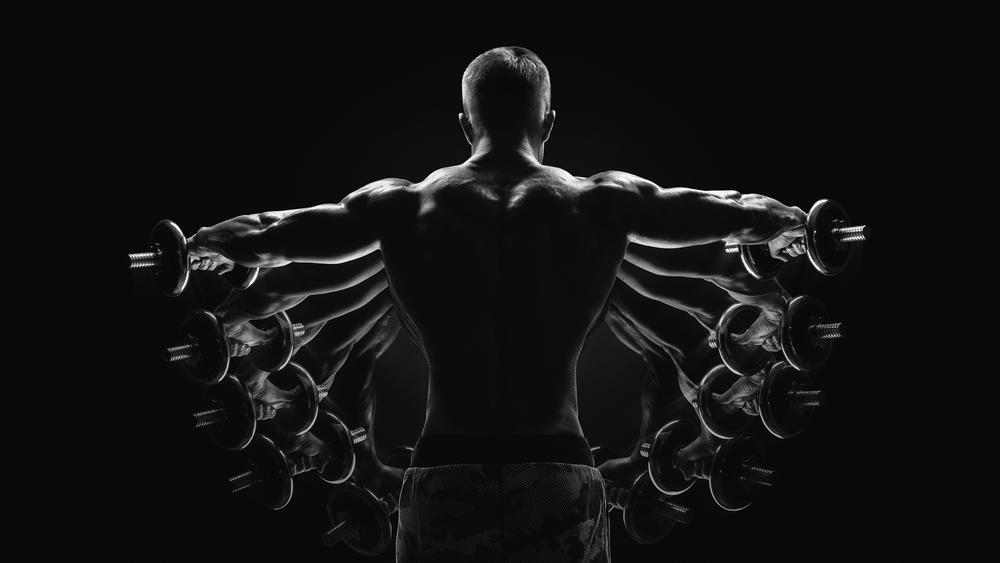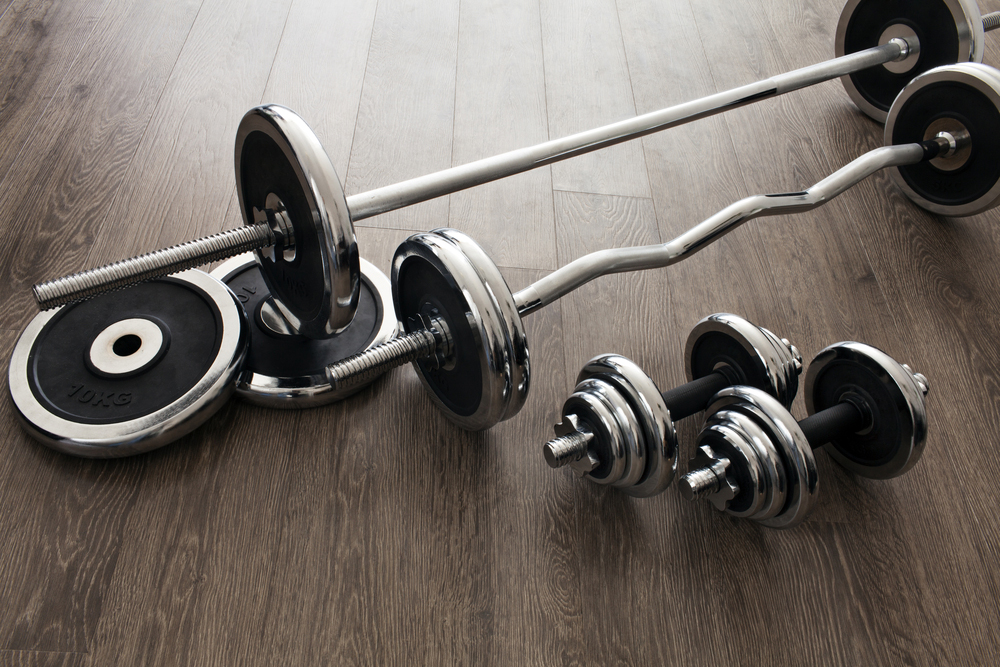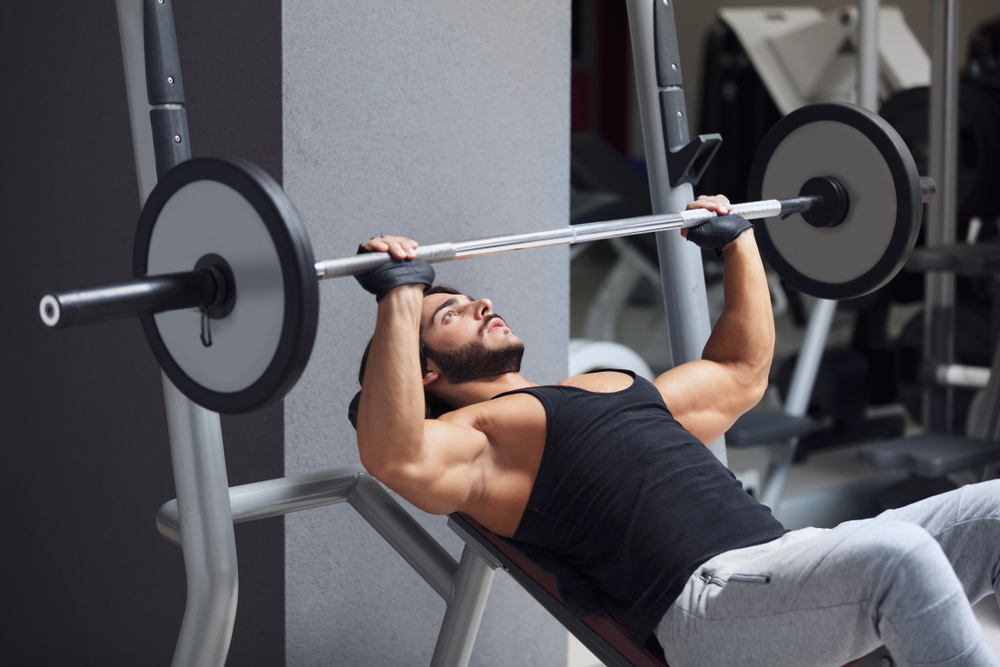Strength training is a set of exercises designed to develop skeletal muscles and stimulate muscles. The purpose of exercise is first to feel good about your body, and to be healthy, to gain maximum strength and endurance. Only then does the question of aesthetics and competition come into play.
The reason why more and more men and women are practising strength training is that there are many benefits to be gained from strength training. Also, it can be practiced in various forms, with various materials, depending on the needs of each athlete.
The basics of strength training
Strength training is based on three pillars: training sessions, rest, and a suitable diet.
- Training sessions are all the indoor or outdoor sports activities performed by the athlete to develop his or her musculature. In order to optimise results, they must be regular, intense and involve all the muscles of the body (large and small muscles). To avoid shortness of breath, training sessions should be preceded by a warm-up and followed by a cool-down. The warm-up prepares the body for the transition from a resting state to a sporting state. The aim is to raise the body temperature to optimise performance.
This is followed by the actual training sessions. This is a sequence of specific exercises performed on machines or freely, depending on the needs of the athlete. The aim of a strength training session is to work a muscle or a group of muscles during each session.
This will accelerate and optimise the development of the muscles. During the exercise, each movement is well controlled by the athlete, and the tension in the muscles is felt at its maximum. Thanks to repetitive and intense movements, the muscles will tear to reform. This is the phenomenon of hypertrophy. This is why you need to increase the intensity of the session to avoid stagnation.
- Resting is strongly advised during muscle training. Already between each series of exercise, the sportsman must allow himself a break to avoid breathlessness. Also, a muscle or group of muscles that have been working today should be rested, at least for a week, to allow it to recover. The recovery period helps prevent injury and gives the muscle time to rebuild and become stronger.
In order to improve performance, the athlete must have a good quality sleep. It is especially during the night that the muscle repairs and builds itself.
- Whatever the objectives of the athlete, muscular training must always be accompanied by a well-balanced diet. The diet must be adapted to the objectives set. In order to gain volume, a strict diet with a surplus of calories is required. The food consumed by the exerciser must be very rich in proteins and carbohydrates. However, they must also contain a balanced dose of fats, proteins and carbohydrates in order to provide the body with all the essential elements for its well-being. A low-calorie diet is based on foods that are low in carbohydrates and therefore low in calories.
What muscles are involved and what exercises should be done during strength training?
Strength training works several muscles or muscle groups. Abdominals, abductors, adductors, biceps, triceps, back muscles, trapezius muscles, pectorals, shoulders, arm extensors, glutes, shoulder blade fixators, wrist extensors, legs, lumbar, calves, quadriceps. . . these are generally the parts most often involved in strength training sessions. If some muscles can be worked at the same time, some can be worked separately.
To work the gluteal muscles for example, there are several exercises such as the squat, the hip extension, the pelvis lift or the deadlift. . . The abdominal muscles are worked by the crunch, the sit-up, the leg lift, the chest lift. . . To work the pectoral muscles, If you want to develop the back muscles, pull-ups, sternum pull-ups, chest pull-ups, arm pull-ups should be your priority during the training sessions. . .








